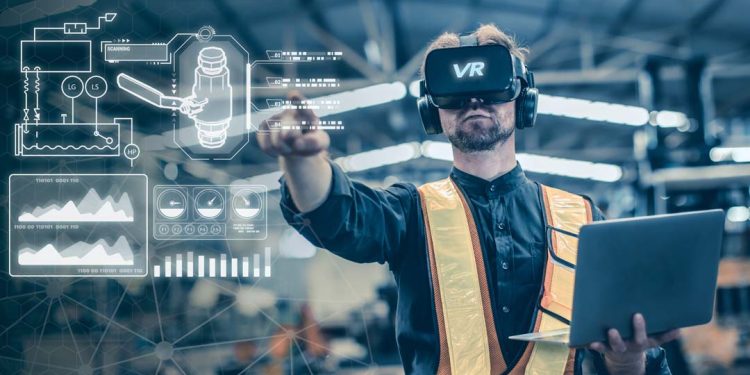How VR Training Is Transforming Skill Development Across Industries

Technology has revolutionized learning. Today, one of the biggest shifts is the use of VR training, a method that simulates real-world situations in a virtual environment. It allows learners to practice in a safe space, experiment with ideas in a low-stakes setting, and gain confidence in a supportive environment. We can’t ignore its impact as its entering to different industries.
A New Way to Learn
Conventional training can be time-consuming, expensive, and insufficient. There is a limit to what classrooms can accomplish. Videos can only show so much. However, VR training alters the whole scenario. It puts learners in a realistic environment where they can act, move, react as if they were in the field.
This experiential learning promotes speed in recognizing tasks. Because they are involved not just with passive watching and listening, but active learning, they remember more of the information.
Why VR Works So Well
The first one is that when immersed in environments, the brain gets more affected. When you are “present,” you take in things in a more organic way. This is the reason VR training is effective in so many domains. It brings uniformity across thousands of applications ranging from aviation to healthcare to manufacturing.
The biggest benefits include:
- Better engagement
- Faster skill building
- Safer practice conditions
The above benefits help to keep the teams sharp and confident.
Reducing Risk in High-Stakes Situations
Some jobs involve dangerous tasks. Not all risks can be simulated in real life. And this is precisely where VR training shines through. The tool allows employees to rehearse emergency response, equipment operation, and complicated processes from a safe distance.
When a mistake occurs in the virtual space, no one gets hurt. The learner simply tries again. Doing this repeatedly, instills the confidence and builds anticipation without the stress of consequence.
Cost Savings for Organizations
When applied into the real world, mistakes in training can be costly. Equipment gets damaged. Workflows slow down. VR removes these costs. A simulation can be used over and over without need for further materials once it is built.
VR training frequently offers organizations both up-front and long-term savings. They have lower costs for physical infrastructure, travel, and instructor time. Simultaneously, they get more trained teams.
Custom Training for Any Industry
Another major advantage is flexibility. VR simulations can be designed for just about every type of role or environment. VR training applies, whether you need customer service, technical repair, or emergency management, or even soft skills, it adjusts easily.
Real world challenges matched to scenarios can be created by organizations. Z learners enter the situations in which they will experience on the job. This is making the training purposeful, as well as productive.
Measurable Progress as well as Real Results
VR makes it simple for tracking improvement. Movement, reaction times, accuracy, as well as decision-making are all recorded by the system. This data provides trainers a transparent view of performance.
Thus, with actual metrics driven by immersing into learning, able to make the skill development process more punctual and personalized, VR training.
Final Thoughts
The world is changing fast, and training has to be a part of it. VR training is a valuable asset for training as it is interactive, realistic, and safe. In fact, it saves money, minimizes risks, and increases outcomes in all sectors of various sizes. With growing adoption comes a bold conclusion − the future of learning is immersive, and the path to that future is through VR.






